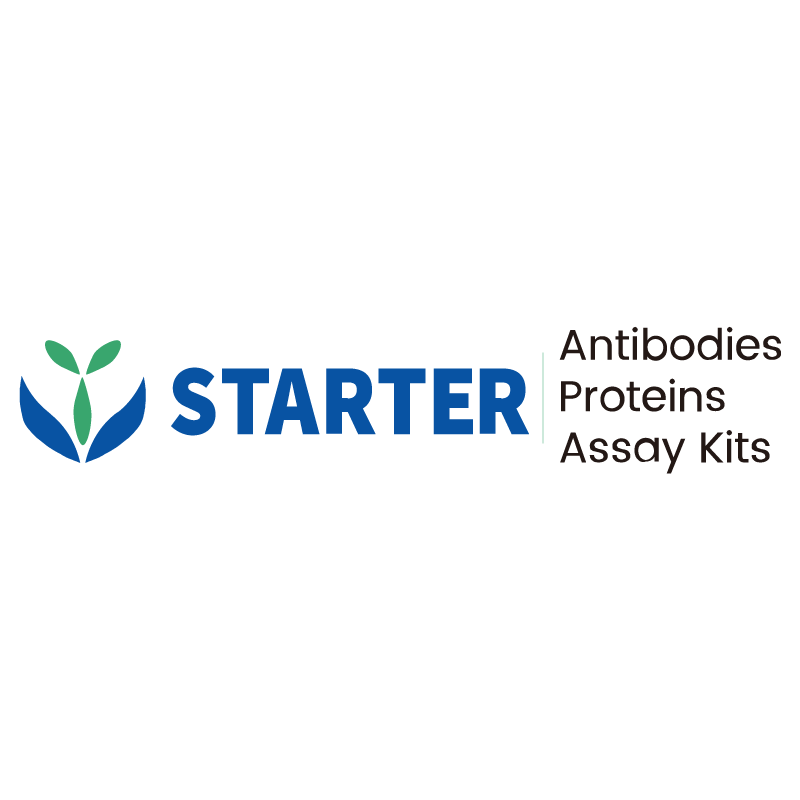WB result of OPA1 Recombinant Rabbit mAb
Primary antibody: OPA1 Recombinant Rabbit mAb at 1/1000 dilution
Lane 1: MCF7 whole cell lysate 20 µg
Lane 2: A431 whole cell lysate 20 µg
Lane 3: LNCaP whole cell lysate 20 µg
Lane 4: PANC-1 whole cell lysate 20 µg
Secondary antibody: Goat Anti-rabbit IgG, (H+L), HRP conjugated at 1/10000 dilution
Predicted MW: 112 kDa
Observed MW: 80-90 kDa
Product Details
Product Details
Product Specification
| Host | Rabbit |
| Antigen | OPA1 |
| Synonyms | Dynamin-like GTPase OPA1, mitochondrial; Optic atrophy protein 1; KIAA0567 |
| Immunogen | Synthetic Peptide |
| Accession | O60313 |
| Clone Number | S-2189-65 |
| Antibody Type | Recombinant mAb |
| Isotype | IgG |
| Application | WB, IHC-P |
| Reactivity | Hu, Ms, Rt |
| Positive Sample | MCF7, A431, LNCaP, PANC-1, mouse brain, PC-12, rat brain |
| Predicted Reactivity | Or |
| Purification | Protein A |
| Concentration | 0.5 mg/ml |
| Conjugation | Unconjugated |
| Physical Appearance | Liquid |
| Storage Buffer | PBS, 40% Glycerol, 0.05% BSA, 0.03% Proclin 300 |
| Stability & Storage | 12 months from date of receipt / reconstitution, -20 °C as supplied |
Dilution
| application | dilution | species |
| WB | 1:1000 | Hu, Ms, Rt |
| IHC-P | 1:200 | Hu, Ms, Rt |
Background
The OPA1 protein, encoded by the OPA1 gene, is a dynamin-related GTPase located in the inner mitochondrial membrane, playing a crucial role in mitochondrial fusion, cristae structure maintenance, and oxidative phosphorylation. It exists in two forms: the long isoform (L-OPA1) that promotes mitochondrial fusion and the short isoform (S-OPA1) generated by proteolytic cleavage, which has recently been shown to maintain mitochondrial energetics and cristae structure under stress conditions. Mutations in the OPA1 gene are associated with optic atrophy type 1, a condition characterized by progressive vision loss due to optic nerve degeneration.
Picture
Picture
Western Blot
WB result of OPA1 Recombinant Rabbit mAb
Primary antibody: OPA1 Recombinant Rabbit mAb at 1/1000 dilution
Lane 1: mouse brain lysate 20 µg
Secondary antibody: Goat Anti-rabbit IgG, (H+L), HRP conjugated at 1/10000 dilution
Predicted MW: 112 kDa
Observed MW: 80-90 kDa
WB result of OPA1 Recombinant Rabbit mAb
Primary antibody: OPA1 Recombinant Rabbit mAb at 1/1000 dilution
Lane 1: PC-12 whole cell lysate 20 µg
Lane 2: rat brain lysate 20 µg
Secondary antibody: Goat Anti-rabbit IgG, (H+L), HRP conjugated at 1/10000 dilution
Predicted MW: 112 kDa
Observed MW: 80-90 kDa
Immunohistochemistry
IHC shows positive staining in paraffin-embedded human stomach. Anti-OPA1 antibody was used at 1/200 dilution, followed by a HRP Polymer for Mouse & Rabbit IgG (ready to use). Counterstained with hematoxylin. Heat mediated antigen retrieval with Tris/EDTA buffer pH9.0 was performed before commencing with IHC staining protocol.
IHC shows positive staining in paraffin-embedded human lung squamous cell carcinoma. Anti-OPA1 antibody was used at 1/200 dilution, followed by a HRP Polymer for Mouse & Rabbit IgG (ready to use). Counterstained with hematoxylin. Heat mediated antigen retrieval with Tris/EDTA buffer pH9.0 was performed before commencing with IHC staining protocol.
IHC shows positive staining in paraffin-embedded mouse cerebral cortex. Anti-OPA1 antibody was used at 1/200 dilution, followed by a HRP Polymer for Mouse & Rabbit IgG (ready to use). Counterstained with hematoxylin. Heat mediated antigen retrieval with Tris/EDTA buffer pH9.0 was performed before commencing with IHC staining protocol.
IHC shows positive staining in paraffin-embedded rat cerebral cortex. Anti-OPA1 antibody was used at 1/200 dilution, followed by a HRP Polymer for Mouse & Rabbit IgG (ready to use). Counterstained with hematoxylin. Heat mediated antigen retrieval with Tris/EDTA buffer pH9.0 was performed before commencing with IHC staining protocol.


